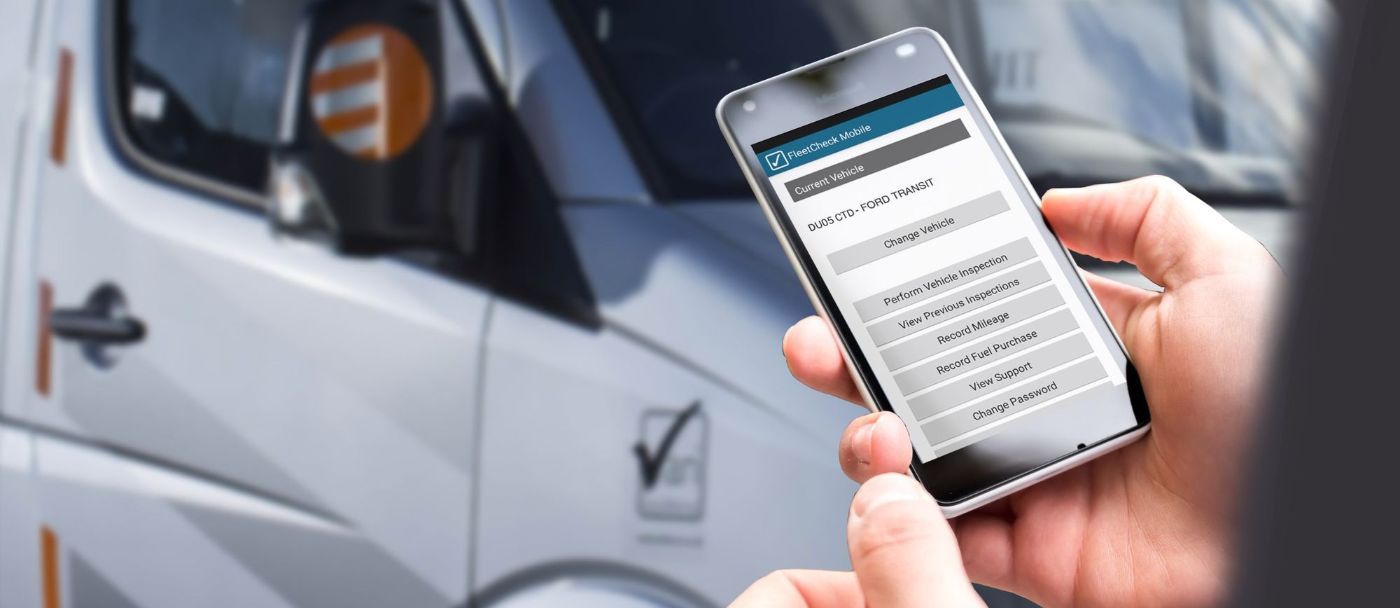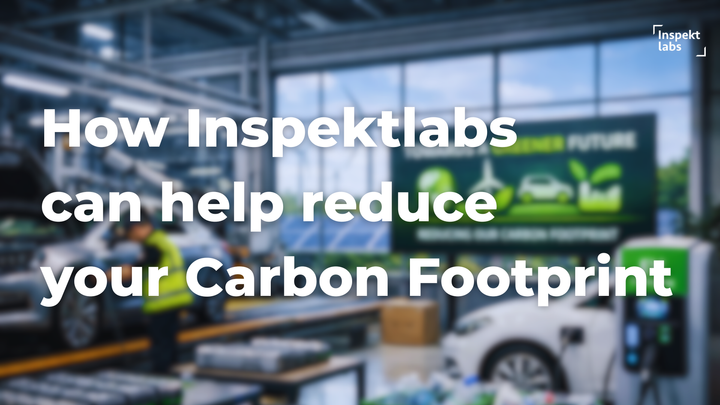Automation of Car Inspections for Fleets | Inspektlabs
Using technology to digitize your operations can be the first step towards making fleet management easier, cost-effective, and more convenient. It introduces a standard process, follows proactive maintenance, and allows you to make data-driven decisions.

A fleet manager has one of the most taxing jobs. They need to constantly gauge the Total Cost of Ownership (TCO), procure new vehicles for the fleet and dispose of the poor ones, monitor fleet locations in real-time, carry out route planning activities, create work orders for preventive maintenance, ensure safety, and the list goes on!
The job of a fleet manager, much like the industry itself, calls for constant motion and action. In this post, we will discuss how one can follow the best fleet management practices and enjoy greater performance and efficiency:
Tips to Make Fleet Management Easy

Managing a fleet requires strong multi-tasking skills and a robust strategy. Here are a few tips to add value to the latter:
Educate and Empower Drivers
Your drivers are the building blocks of the organization. Simple acts, such as idling the vehicle or driving while sleepy, can increase the risk, cost, and liabilities by many folds. Carry out regular safety training and performance assessment to educate and ensure compliance with safety standards.
Maintain Fleet Health
When it comes to TCO, the assessment of whether the vehicle is worth the repairs can play a determining role in whether it stays in the fleet or leaves. For preventive and reactive maintenance of fleet health, it is imperative that fleet managers inspect their vehicles periodically, capture the findings, and identify any potential dangers before it becomes an issue!

Automate and Digitize
Technologies such as Telematics are already buzzwords in the industry. GPS-based location tracking, dynamic routing tools, and asset management through technology are already the new normal. Now is the time to take it up a notch and integrate it further so that all processes move digitally, seamlessly, and automatically.
Use Data
When you use digital technologies, you are bound to churn out data in large volumes. You must now work out ways to analyze and utilize this data to track vehicle use, driver behavior, fuel or tire efficiency, etc.
Why Should Vehicle Inspection be the First Step to Automation?
Regular inspection of your fleet health cuts down costs, improves mileage and efficiency, and extracts maximum value. However, it is also one of the most time-consuming and labor-intensive tasks. To compound this issue, your vehicles may be scattered across geographical boundaries, which may make it harder to stick to the inspection schedule.
So what can one do in such cases?
Fortunately, you can use tools like Inspektlabs to delegate this task to drivers and make it portable, convenient, and hassle-free!

Drivers can use their smartphones to capture and upload images and videos of the vehicle. With the power of artificial intelligence, Inspektlabs analyzes the vehicle’s health and status and flags any issue that calls for immediate attention. Subsequently, it also takes note of potential problems and the estimated cost of repairs. Accordingly, you may even get insights on whether the vehicle has lived its course and must retire from the fleet. And since all this data is backed up in a central database, fleet managers can follow up and check on these findings.
Additionally, such technologies can also diversify their use as you can use it to record the total miles covered, the fuel status, and other such metrics!
Final Thoughts
Using technology to digitize your operations can be the first step towards making fleet management easier, cost-effective, and more convenient. It introduces a standard process, follows proactive maintenance, and allows you to make data-driven decisions.



